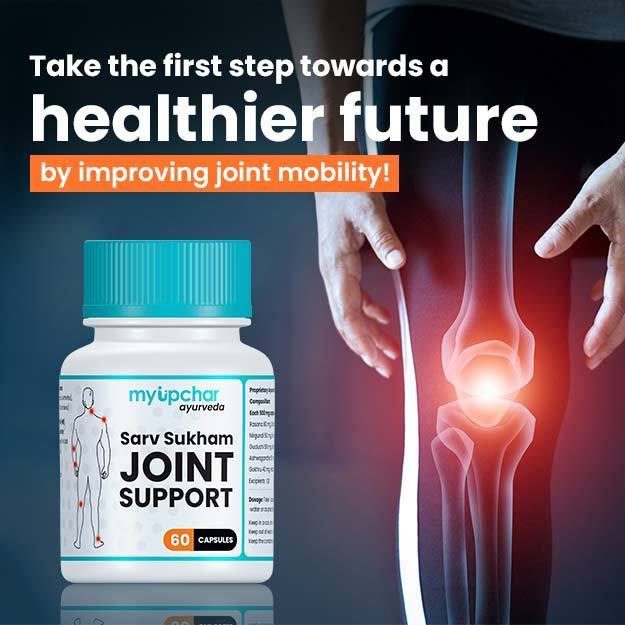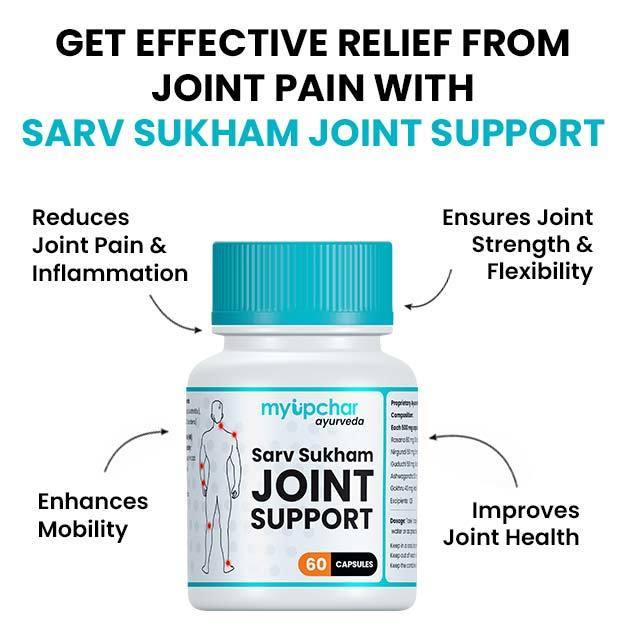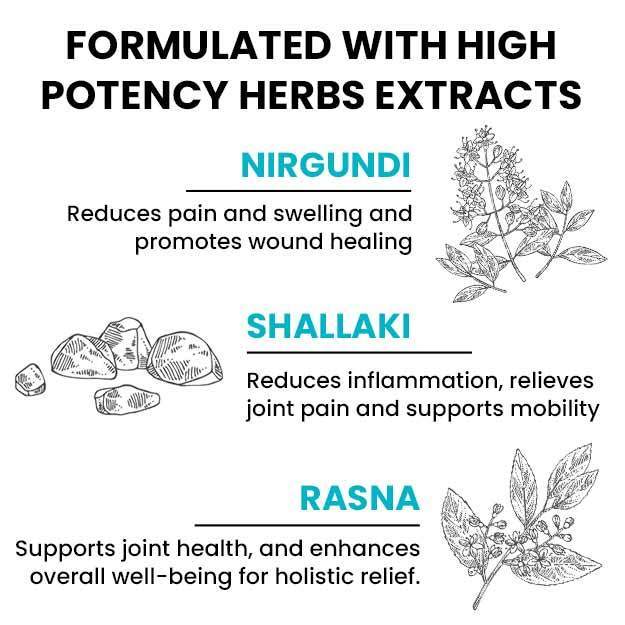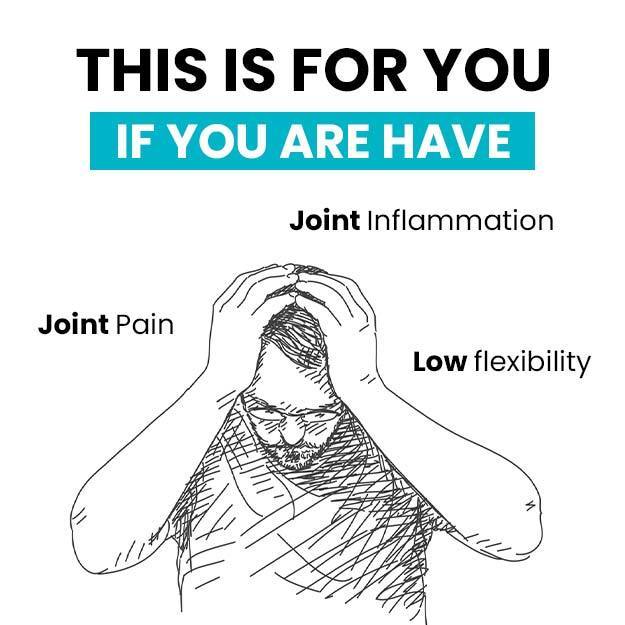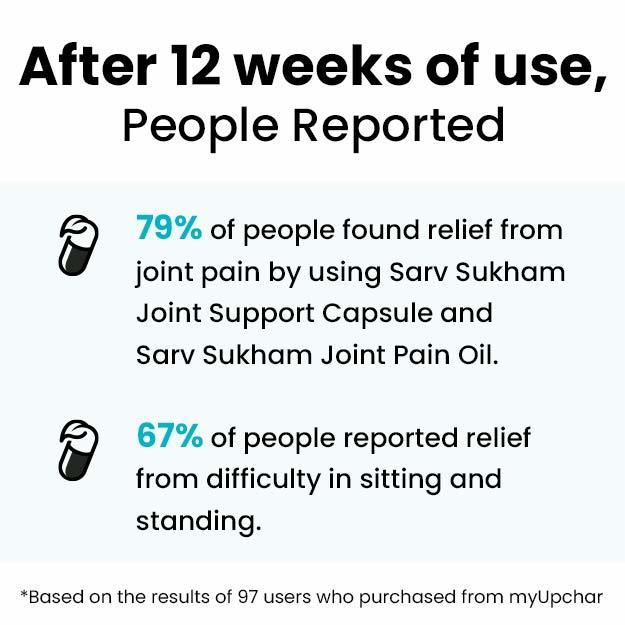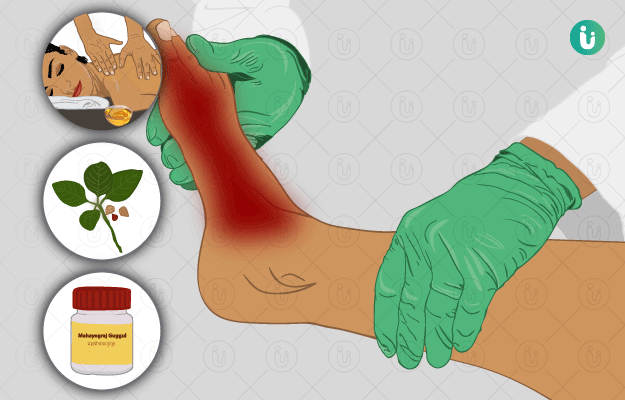Foot pain is a common clinical condition, which may be caused due to an injury, swelling or wear and tear in the foot muscles and bones. The discomfort may range from mild to severe and can greatly affect the day-to-day activities of an individual. Standing on your feet for long hours, running for a long time and wearing ill-fitting shoes are some of the lifestyle factors that can lead to foot pain. Foot pain may also be associated with various conditions such as:
- Plantar fasciitis: In this condition, there is inflammation of the plantar fascia, which is a thick band of connective tissue connecting the heel bone to the toes. Frequently, plantar fasciitis occurs due to overuse (wear and tear) of the plantar fascia. Often, plantar fasciitis is associated with a bony growth (caused by calcium deposit) in the heel, which is known as calcaneal spur (heel spur). The most common symptom of plantar fasciitis is a pain in the heel that is experienced when standing. It mainly affects individuals who are into sports and middle-aged individuals, especially if they are overweight.
- Corns: Corns are thickened accumulation of dead skin, which can exert pressure on the underlying nerves leading to foot pain.
- Bunions: Bunions are a type of bump that develops at the inside of big toe. It is often painful and may be caused due to injuries or wearing the wrong type of footwear.
- Sprain and strain in foot are some other causes of foot pain.
Homeopathy plays an important role in helping to relieve foot pain. Homeopathic remedies like arnica, bryonia, rhus toxicodendron, calcarea fluoricum, pulsatilla, ruta, etc, help in relieving foot pain. Antimonium crudum, nitric acidicum, and ranunculus bulbosus are remedies that can cure corn and relieve foot pain caused due to it.






